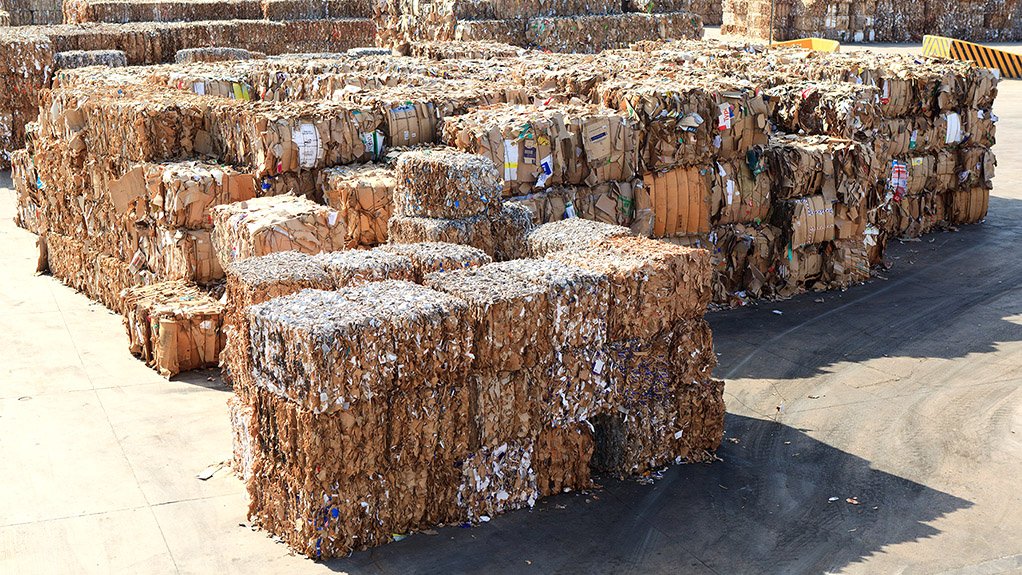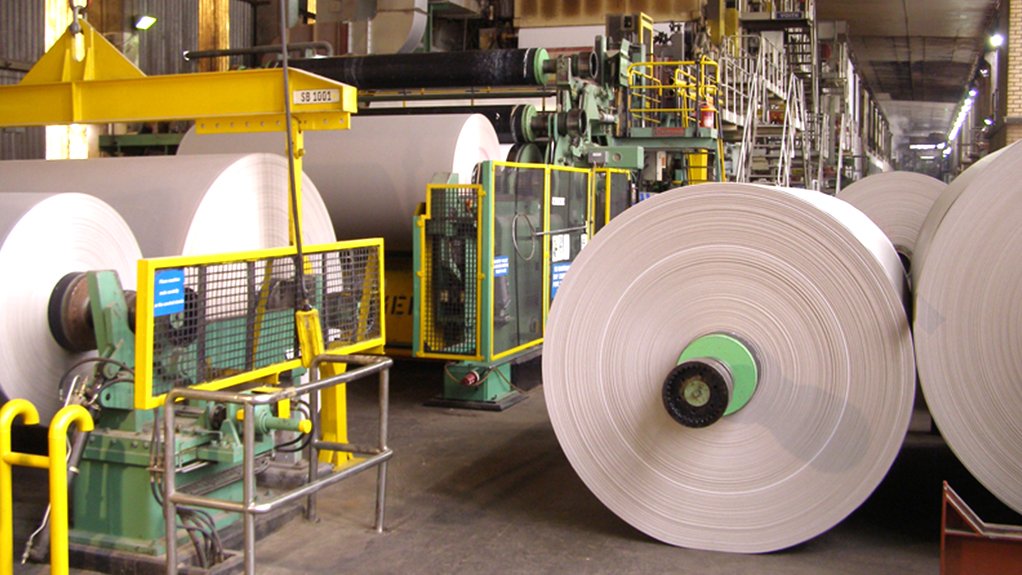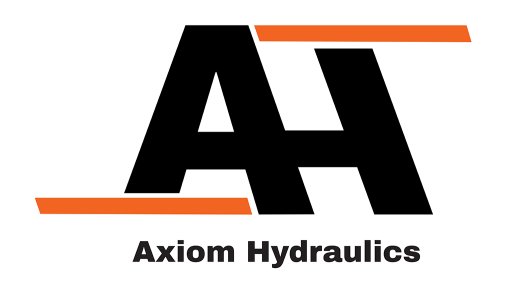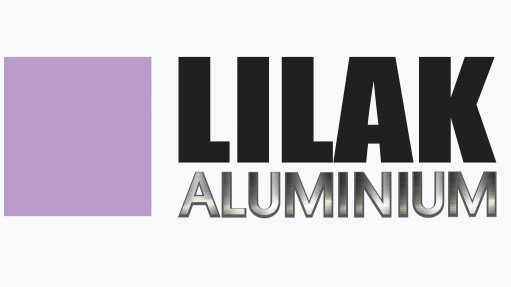Local paper recycling has room to grow – association



STRONG BASE TO BUILD FROM South Africa average paper recovery rate of 70% makes paper the second-most recovered material in the country
Photo by Sappi
SUSTAINABLE INDUSTRY SUPPORT For Pamsa, working with the paper industry and designing products for recycling is key to ensuring that the circular economy prevails
Photo by Mpact
Despite the local recycling rate of 70% being above the global paper recycling rate of 59.1%, South Africa can still improve in its treatment of paper waste, states industry body the Paper Manufacturers Association of South Africa (Pamsa) executive director Jane Molony.
Through Pamsa’s paper recycling arm RecyclePaperZA, and in tandem with producer responsibility organisation Fibre Circle, Pamsa works with member mills, waste pickers and small businesses to improve paper recycling.
Molony confirms that South Africa’s average paper recovery rate of 70% makes paper the second-most recovered material in the country.
She attributes this success to industry-driven initiatives, household and community paper pick-up programmes, and a thriving network of small- and medium-sized recycling enterprises and informal waste collectors.
South Africa can also use up to 90% of its recovered paper locally, making recycled paper into paper packaging and tissue products for local use and export markets, and serving the agriculture, manufacturing and retail sectors.
Molony argues, however, that South Africa can do more to improve this recycling rate.
She highlights a number of challenges, including the systemic reduction in the amount of used printing and writing paper that can be collected. This is a result of less paper being used in homes, schools and offices with the move to digital platforms, consequently providing less paper to collect.
Recently, more locally made paper packaging and cardboard boxes for products such as fruit have been exported, compared to the amount of paper packaging and cardboard boxes that have been imported.
This is, however, offset by increased demand for paper-based packaging such as paper bags and cardboard boxes, with the upswing in online shopping and brands switching to paper-based packaging.
But there are challenges in terms of substituting plastics and retaining functionality.
To achieve this substitution, more complex packaging mixes and coatings are used, making them less recyclable when conventional paper recycling technology is used.
“These are not easily recycled and create challenges at paper mills if they are placed into the stream of recyclables by mistake. Working with the paper industry and designing products for recycling is key to ensure that the circular economy prevails,” adds Molony.
Recycling Improvements
The Extended Producer Responsibility (EPR) regulations, mandated by government last November, require paper, packaging and some single-use products, lighting and electrical and electronic equipment producers to manage the end-of-life of their products.
These regulations aim to divert waste from landfills and increase the recovery, recycling and reuse of materials.
Producers will need to pay a pre-determined fee for every tonne of product or packaging placed on the market.
These fees account for the implementation of service fees to waste pickers, collection and recycling incentives, training and awareness programmes, as well as enterprise development, infrastructure development and municipal collaboration.
These measures are implemented with the aim of reaching recycling targets as set by the regulations, states Molony.
She adds that the lack of mandatory separation-at-source programmes, inadequate service delivery and municipal waste management, illegal dumping, and poor consumer behaviour in terms of littering and recycling result in landfills expiring and pollution occurring.
“These regulations, and industry collaboration, will go a long way in addressing some of these ills. From placing pressure on producers to design goods and packaging with recycling and end-of-life in mind, to making sure that their products do not end up on a landfill, EPR is about good stewardship, resource efficiency and working towards a functioning and sustainable waste economy with people and small business as its focus.”
She adds that training and enterprise development is also a significant part of the paper sector’s EPR plans, as submitted by Fibre Circle to government last November.
This training and enterprise development will be an extension of the entrepreneurship training programme that was initiated by Pamsa in 2010, which has, to date, enhanced the knowledge of 9 010 recycling collectors and improved their respective businesses.
Molony stresses that Pamsa has had a longstanding relationship with the Ekurhuleni metropolitan municipality. Several of Pamsa’s member paper mills are based in Ekurhuleni, making it important to ensure that the paper recovery value chain is maintained.
This relationship also ensured that, in 2020, during the hard lockdown implemented because of Covid-19, the paper industry rallied together to support waste pickers who were not able to collect recyclables and trade, which for many was their only source of income.
“The forestry products sector is the core to a circular bioeconomy, greener economic recovery and demonstrable climate action. This centres on sustainably managed tree plantations and responsibly harvested wood products, which not only address growing demand for renewable materials but also absorb and store carbon, reverse biodiversity loss and conserve shared resources,” Molony concludes.
Article Enquiry
Email Article
Save Article
Feedback
To advertise email advertising@creamermedia.co.za or click here
Comments
Press Office
Announcements
What's On
Subscribe to improve your user experience...
Option 1 (equivalent of R125 a month):
Receive a weekly copy of Creamer Media's Engineering News & Mining Weekly magazine
(print copy for those in South Africa and e-magazine for those outside of South Africa)
Receive daily email newsletters
Access to full search results
Access archive of magazine back copies
Access to Projects in Progress
Access to ONE Research Report of your choice in PDF format
Option 2 (equivalent of R375 a month):
All benefits from Option 1
PLUS
Access to Creamer Media's Research Channel Africa for ALL Research Reports, in PDF format, on various industrial and mining sectors
including Electricity; Water; Energy Transition; Hydrogen; Roads, Rail and Ports; Coal; Gold; Platinum; Battery Metals; etc.
Already a subscriber?
Forgotten your password?
Receive weekly copy of Creamer Media's Engineering News & Mining Weekly magazine (print copy for those in South Africa and e-magazine for those outside of South Africa)
➕
Recieve daily email newsletters
➕
Access to full search results
➕
Access archive of magazine back copies
➕
Access to Projects in Progress
➕
Access to ONE Research Report of your choice in PDF format
RESEARCH CHANNEL AFRICA
R4500 (equivalent of R375 a month)
SUBSCRIBEAll benefits from Option 1
➕
Access to Creamer Media's Research Channel Africa for ALL Research Reports on various industrial and mining sectors, in PDF format, including on:
Electricity
➕
Water
➕
Energy Transition
➕
Hydrogen
➕
Roads, Rail and Ports
➕
Coal
➕
Gold
➕
Platinum
➕
Battery Metals
➕
etc.
Receive all benefits from Option 1 or Option 2 delivered to numerous people at your company
➕
Multiple User names and Passwords for simultaneous log-ins
➕
Intranet integration access to all in your organisation


















